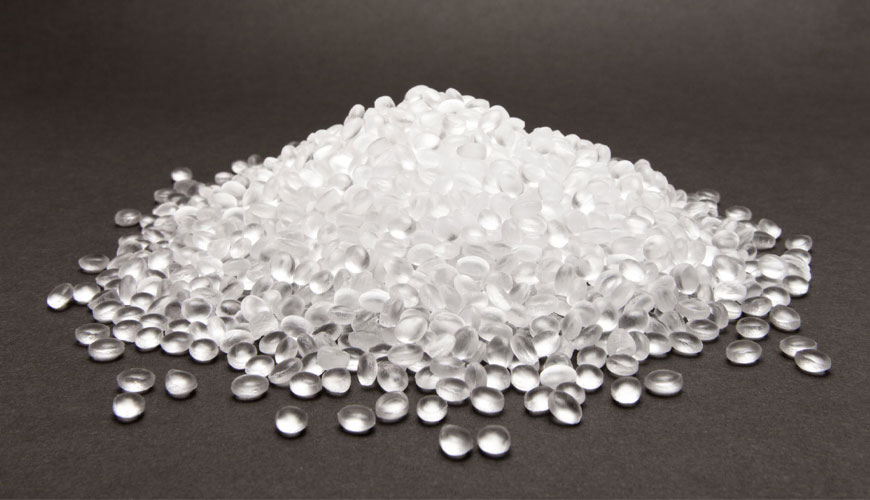

Developed by the International Standards Organization (ISO), this part of the ISO 1183 standard specifies three methods for determining the density of void-molded or extruded objects, as well as acellular plastics in the form of powders, flakes and granules.

Density is often used to track changes in the physical structure or composition of plastic materials. Density can also be useful in evaluating the uniformity of samples or samples.
Often, the density of plastic materials depends on the choice of sample preparation method. In this case, it is intended to include precise details of the sample preparation method in the appropriate material specification. This note applies to all three methods.
Use of this part of ISO 1183 may involve hazardous materials, processes or equipment. This part of ISO 1183 does not claim to address all, if any, security issues associated with its use. It is the responsibility of the user of this part of ISO 1183 to establish appropriate health and safety practices and determine the applicability of any regulatory restrictions prior to use.
The test atmosphere shall conform to ISO 291. In general, it is not necessary to bring samples to a constant temperature because the determination itself brings the sample to the constant temperature of the test.
Samples whose density changes during testing to the extent that the change is greater than the required accuracy should be conditioned to the applicable material specification prior to measurement. When changes in density due to time or atmospheric conditions are the primary purpose of the measurements, samples shall be conditioned as described in the material specification and, if no material specification is available, as agreed by the relevant parties.
Among the services provided by our organization within the framework of material testing services, there are also ISO 1183-1 standard tests. Do not hesitate to contact our laboratory EUROLAB for your testing and certification requests.
To get an appointment, to get more detailed information or to request an evaluation, you can ask us to fill in our form and reach you.